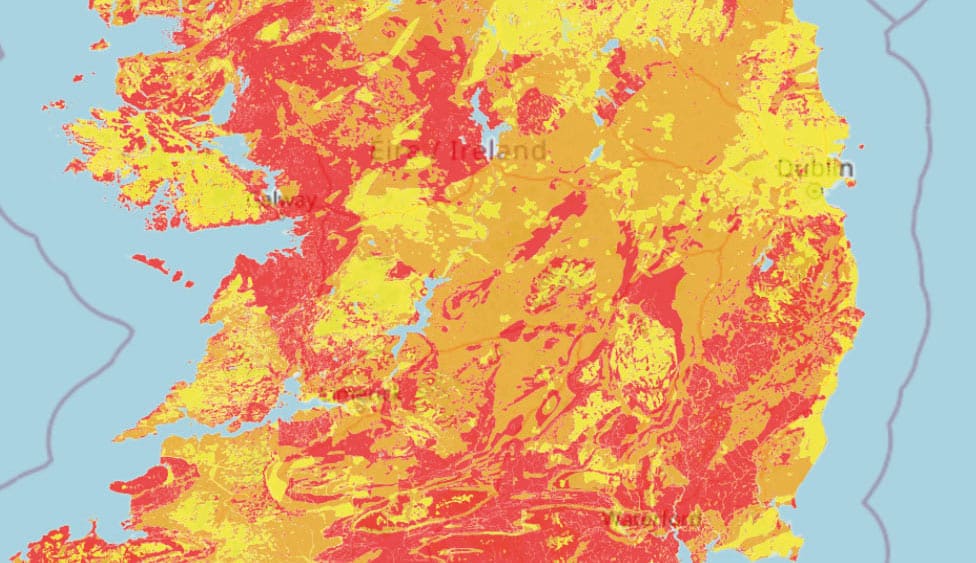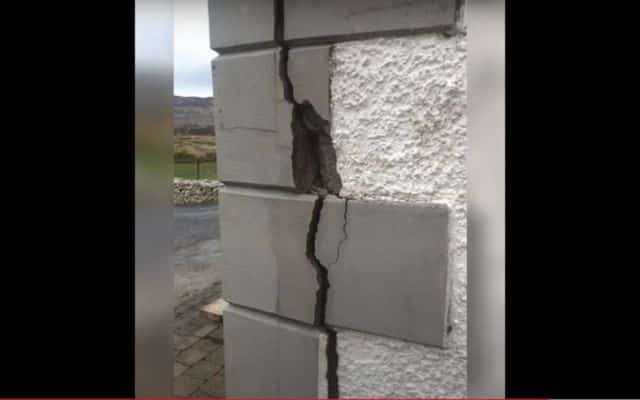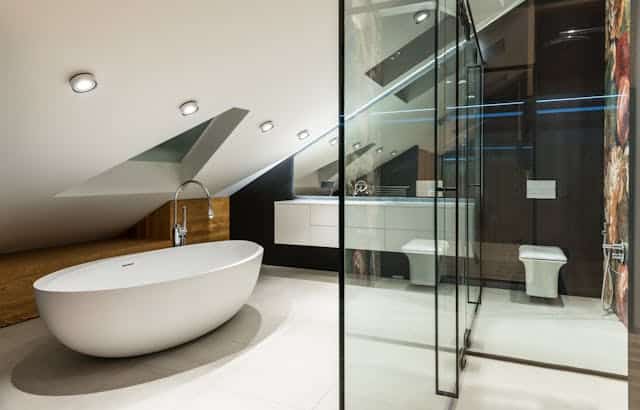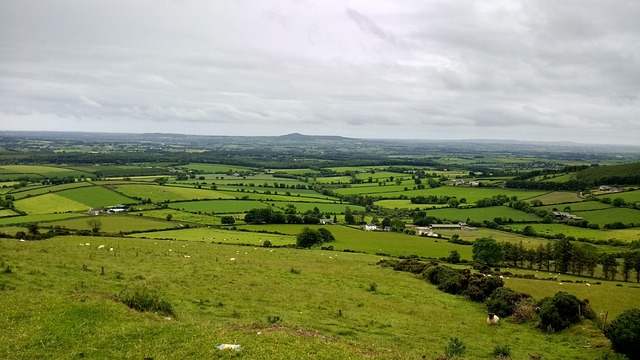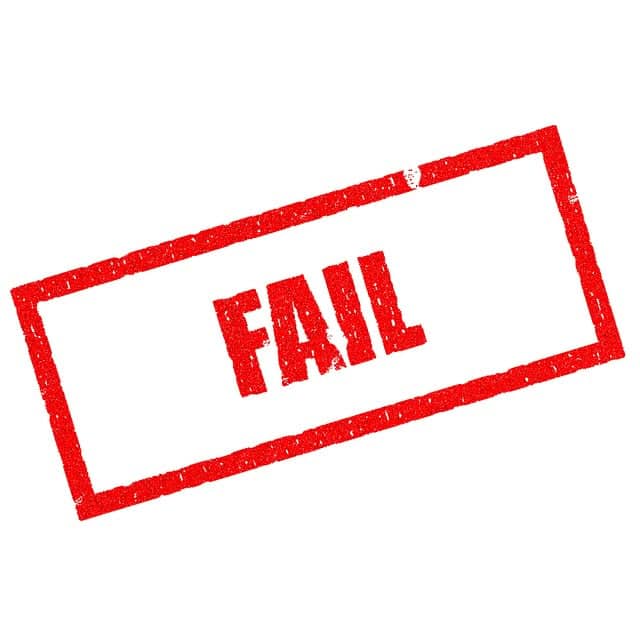350 new lung cancer cases are linked to exposure to the radioactive gas in ROI each year, with Munster and Connaught the regions most affected.
OI’s Environmental Protection Agency (EPA) recently updated its radon map, which shows 170,000 homes are now predicted to be at risk from radon (red being the most affected). That’s 36 per cent more than the previous estimate in 2002. The most recent map for NI is from 2015 and can be accessed on www.ukradon.org.
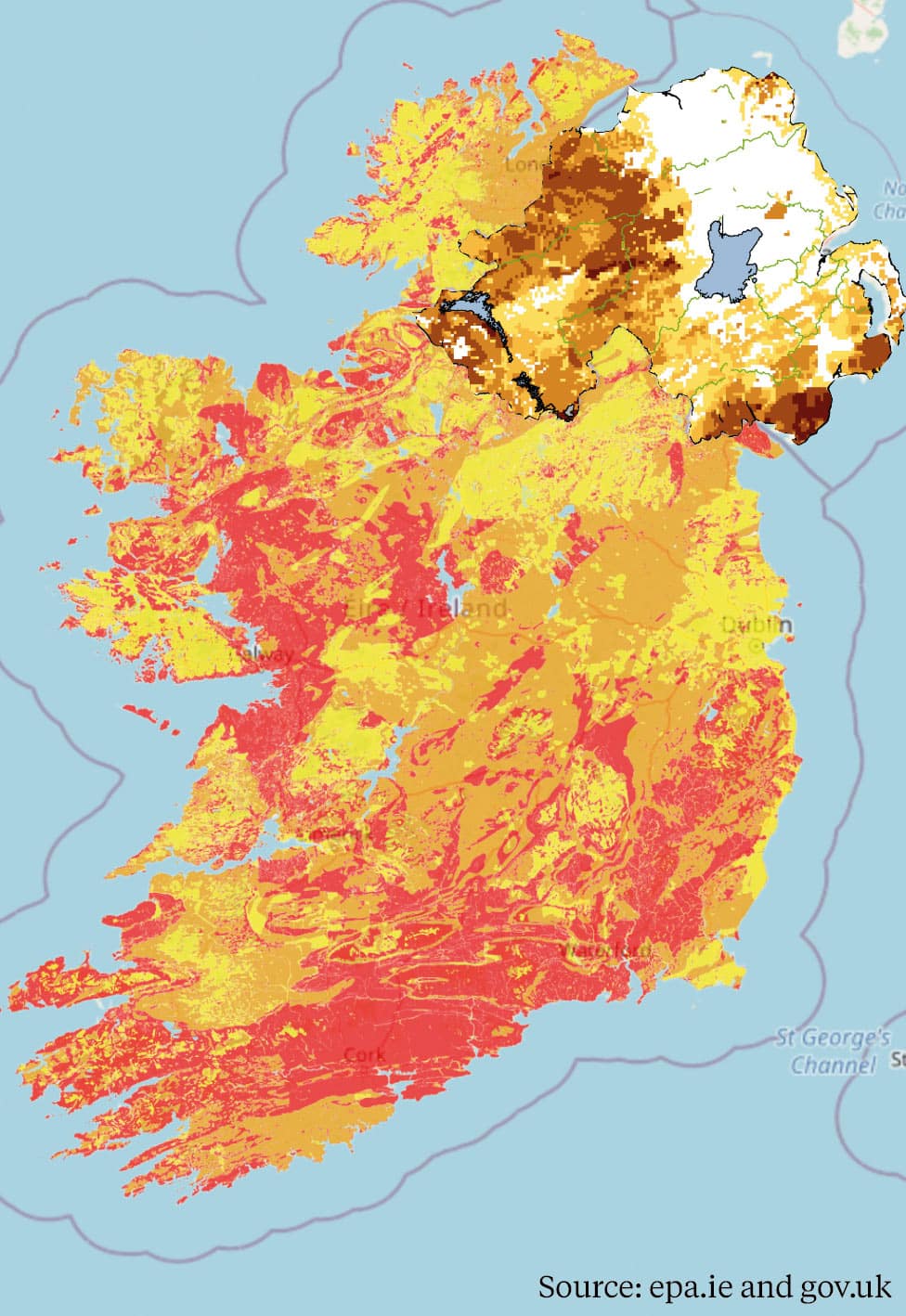
In ROI, the building regulations require that all new homes in high radon areas are installed with a radon membrane and/or other preventative measures. An area is high risk if more than 10 per cent of dwellings are likely to have radon concentrations above the national reference level.
In NI new buildings, extensions, conversions and refurbishments must be fitted with basic radon preventive measures in parts of NI with a one per cent or greater probability of exceeding the “action level” (all shaded areas on the map).
Regardless of your perceived risk, it’s best practice to install a radon barrier regardless of where you are building. To know if you’re in a high radon area, you can search the EPA map through their website by using your eircode or your postal address, or go to the NI radon map on gov.uk.
Even if you have already built your home, it’s a good idea to test for radon – especially if you’re in a high risk area. Radon has no smell, colour or taste and can only be detected using special detectors. In NI you can book radon home test kits from ukradon.org, in ROI from epa.ie.
If high levels are found, remediation services are available from EPA registered contractors (ROI). The ukradon.org site shows that the most expensive remediation measures would set you back £2k at the most.

